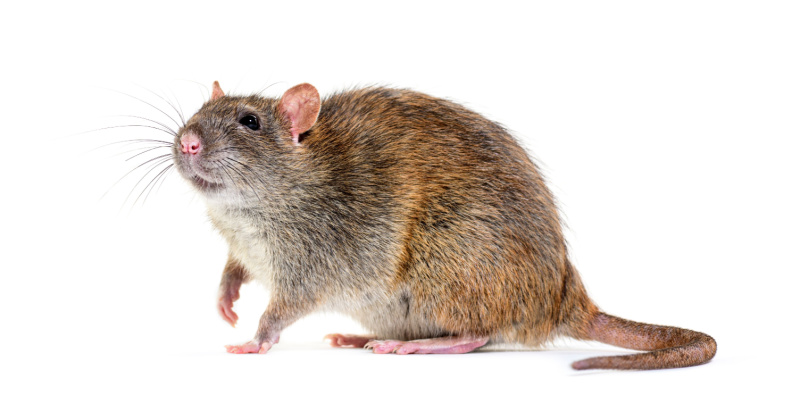Discovering a rat in your home can be both alarming and unsettling. These rodents not only pose health risks but can also cause structural damage to your property. If you’ve recently spotted a rat in your residence, don’t panic. Here’s a step-by-step guide on what to do next.
1. Stay Calm and Ensure Safety
The first thing to remember is not to panic. While rats can be carriers of diseases, an immediate threat is not present. Ensure that children and pets are kept away from the area where the rat was spotted to prevent any direct contact.
2. Identify the Rat
It’s essential to determine whether what you saw was indeed a rat and not a mouse. Rats are generally larger, with a body length of about 9–11 inches, not including their tail. They have a blunter nose and small ears. Mice, on the other hand, are smaller, with a body length of about 3–4 inches, and have larger ears relative to their heads.
3. Look for Signs of Infestation
If you’ve seen one rat, there could be more hiding. Look for signs such as:
- Droppings
Rats leave dark, pellet-like droppings.
- Gnaw marks
Check for any chewed wires, wood, or food packages.
- Tracks
Rats might leave footprints or tail marks in dusty areas.
- Noises
You might hear scratching sounds, especially during the night when rats are most active.
4. Sanitize and Clean
Rats are attracted to food sources. Ensure that all food items, including pet food, are stored in sealed containers. Clean up any crumbs or spills immediately, and take out the trash regularly. Wipe down counters and vacuum floors to reduce the attraction.
5. Seal Entry Points
Rats can enter homes through tiny gaps and cracks. Inspect the exterior of your home for any potential entry points, especially around windows, doors, and vents. Seal these gaps using wire mesh, metal flashing, or caulk. Don’t forget to check for holes or gaps in the roof or under the house.
6. Set Traps
You can set up snap traps or live traps to catch the rat. Place these traps near the areas where you’ve noticed signs of activity. Bait the traps with food items like peanut butter, bacon, or chocolate. Always wear gloves when handling traps to avoid transferring human scents.
7. Avoid Using Poison
While rat poison is available, it’s not recommended if you have pets or children in the house. Poisoned rats can also die in hidden areas, leading to a foul smell and potential health risks.
8. Monitor the Situation
After taking the above measures, keep an eye out for any further signs of rat activity. Check traps daily and continue to maintain cleanliness in your home.
9. Call a Pest Control Professional
If you continue to see signs of rats or if the problem seems too big to handle on your own, it’s time to call in the experts. A professional pest control company will have the tools and expertise to effectively deal with a rat infestation.
10. Prevent Future Infestations
Once the immediate problem is addressed, focus on prevention:
- Regular Inspections
Periodically inspect your home for any signs of rat activity or potential entry points.
- Maintain Your Yard
Trim overgrown vegetation and remove piles of wood or debris that can serve as hiding spots for rats.
- Secure Trash
Ensure that garbage cans have tight-fitting lids to prevent rats from accessing food sources.
Spotting a rat in your home can be distressing, but with the right steps, you can address the issue effectively. Remember, it’s always better to act quickly at the first sign of a problem. By being proactive, maintaining cleanliness, and seeking professional help when needed, you can keep your home rat-free.

